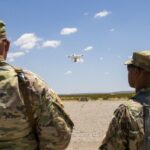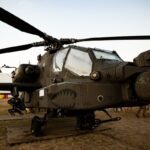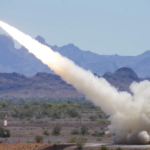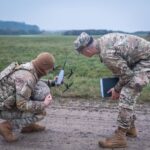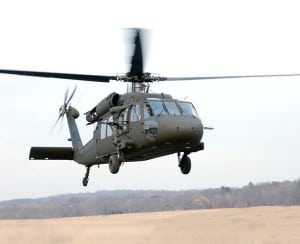
The Army has determined the hardworking UH-60 Black Hawks and 72A Lakota helicopters are an “enduring capability” it wants to retain in the long term, the Utility Helicopter project manager said. Sikorsky [UTC] produces the Black Hawk; Airbus Group builds the LUH. The Army has made a large investment in the helicopters, which serve the nation inside and outside its borders, said Col. Thomas Todd in a May 5 interview with Defense Daily. The helicopters are an embedded capability that…

